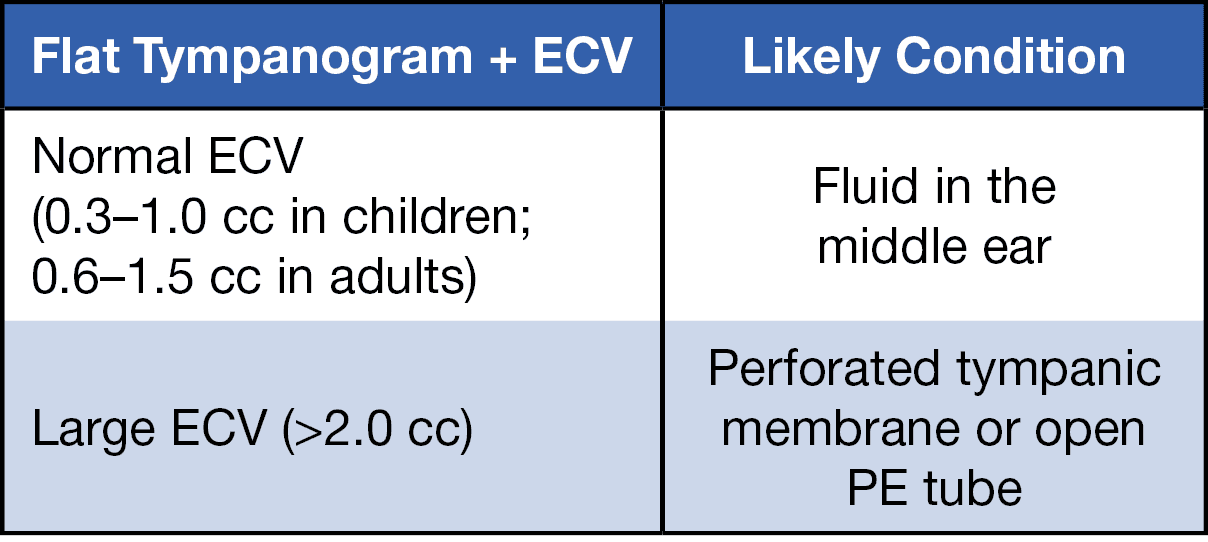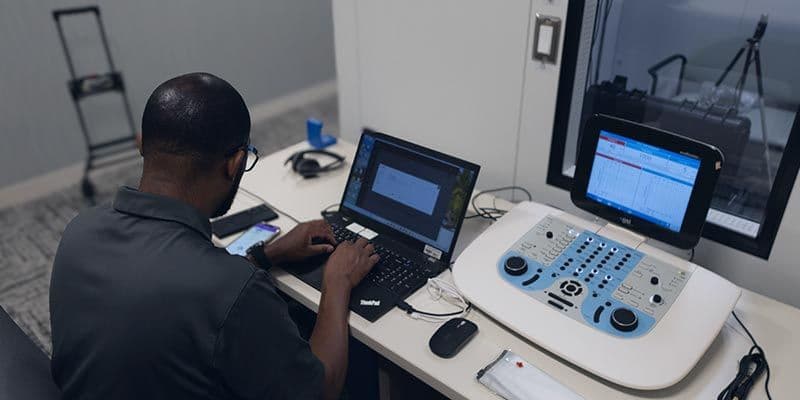What Does a Flat Line in Tympanometry Mean?

A tympanometry test is an essential diagnostic tool when evaluating middle ear function. It measures the compliance of the middle ear systems, specifically, how well the tympanic membrane(eardrum) responds to changes in air pressure.
One of the most telling results you might encounter is a flat line on the tympanogram, often referred to as a Type B tympanogram. While it may look simple at first glance, this pattern can reveal much about what’s happening behind the eardrum.
In this blog, we’ll cover:
- What a flat tympanogram indicates
- Common causes behind a flat tympanogram
- How ear canal volume measurements assist in diagnosis
- What a flat tympanogram means for patient care
What Does a Flat Line on a Tympanogram Mean?
When pressure is applied in the ear canal, a flat tympanogram indicates little or no eardrum movement. In normal conditions, the tiny bones in the middle ear (the ossicles) and the tympanic membrane work together to transmit sound and maintain pressure balance.
During a tympanometry test, the device alters air pressure in the ear canal and measures the reflected sound energy. In healthy ears, this generates a clear peak on the graph, corresponding to maximum mobility. This is called a Type A tympanogram, showing normal functionality of the middle ear system.
In contrast, when the tympanic membrane does not move, the tracing appears flat, showing no peak. This suggests a serious disruption in middle ear function.
In simple terms: A flat line on a tympanogram means the eardrum isn’t moving properly—and that could be due to fluid in the middle ear, a perforated eardrum, or blockage in the ear canal.






